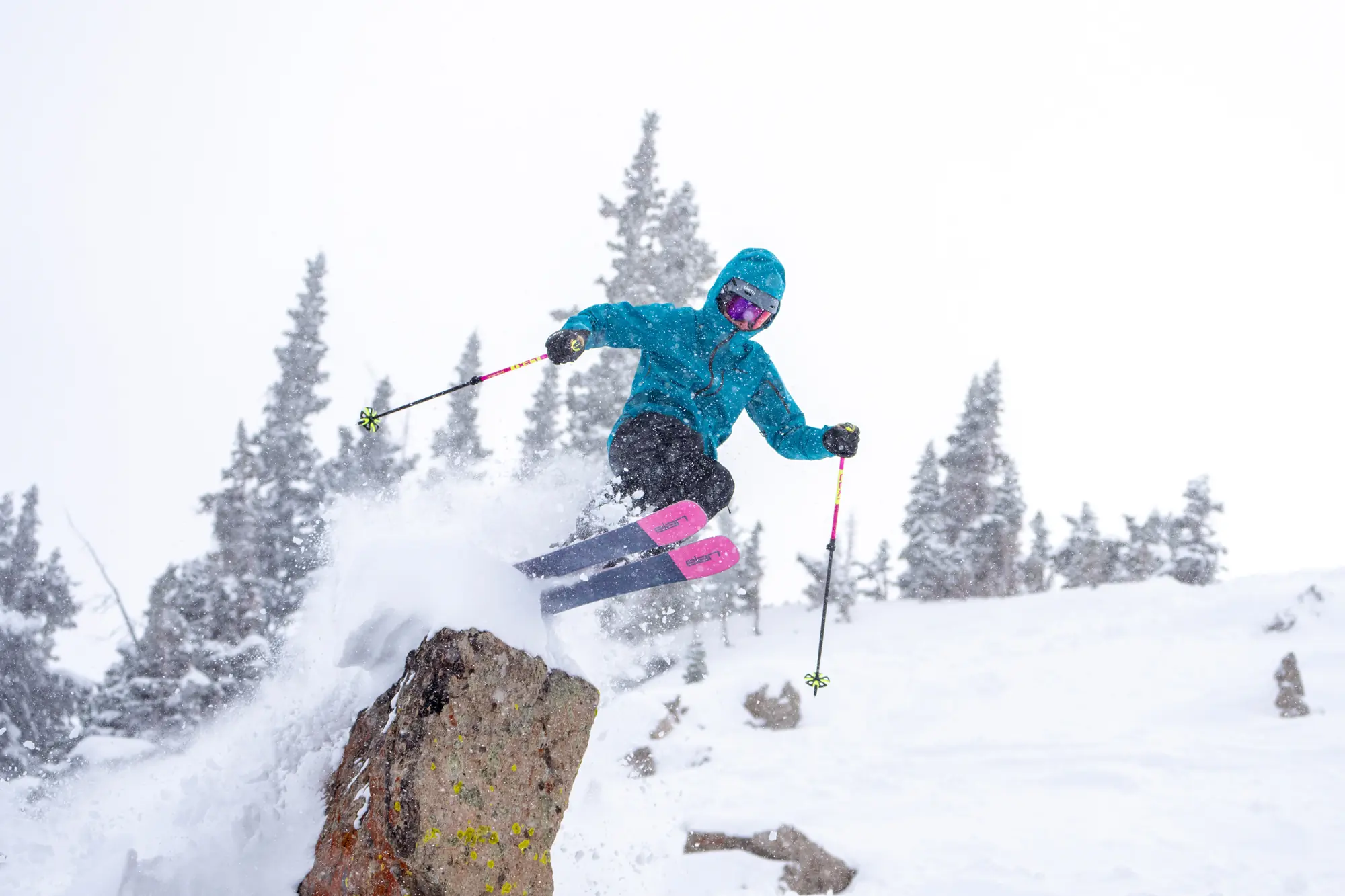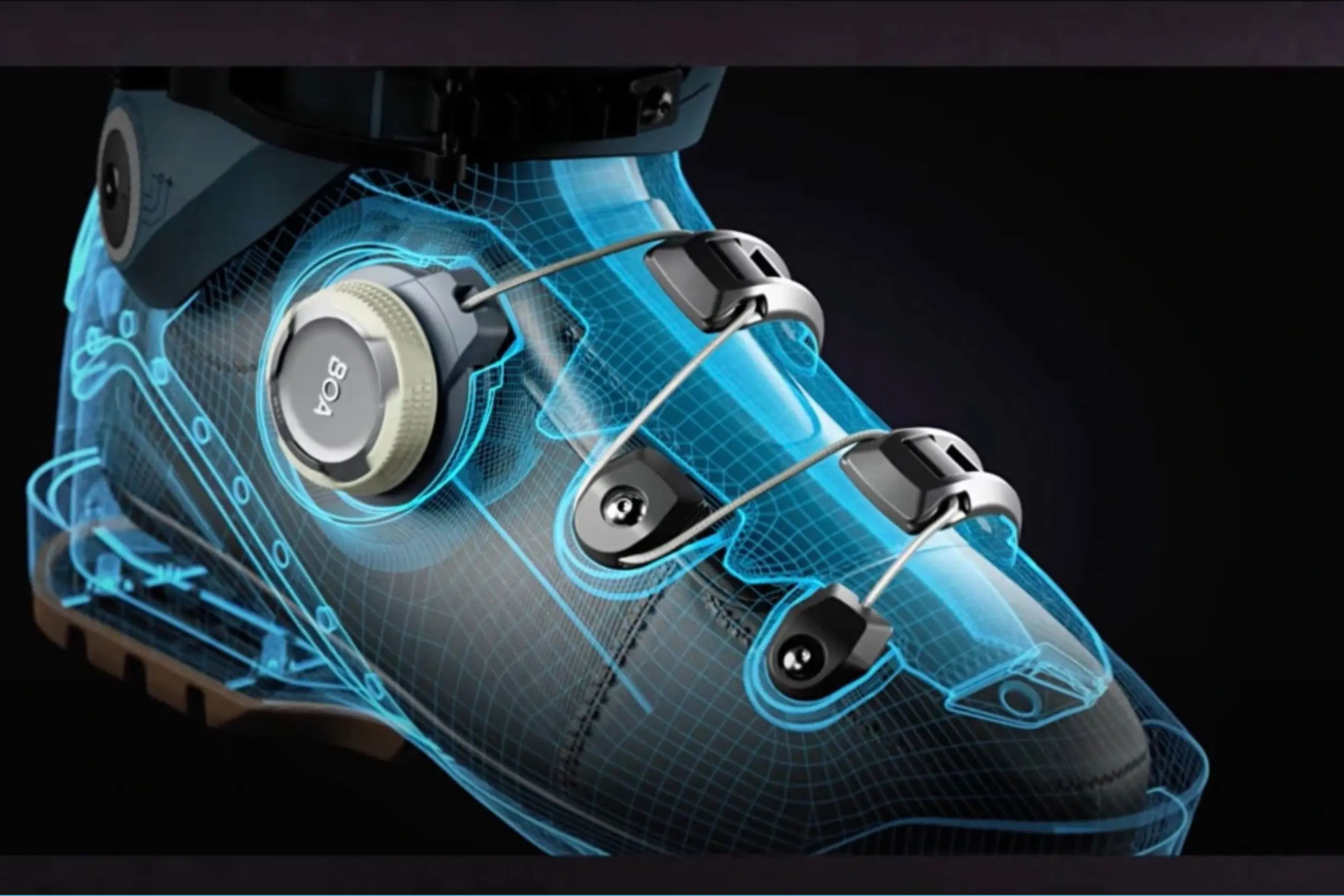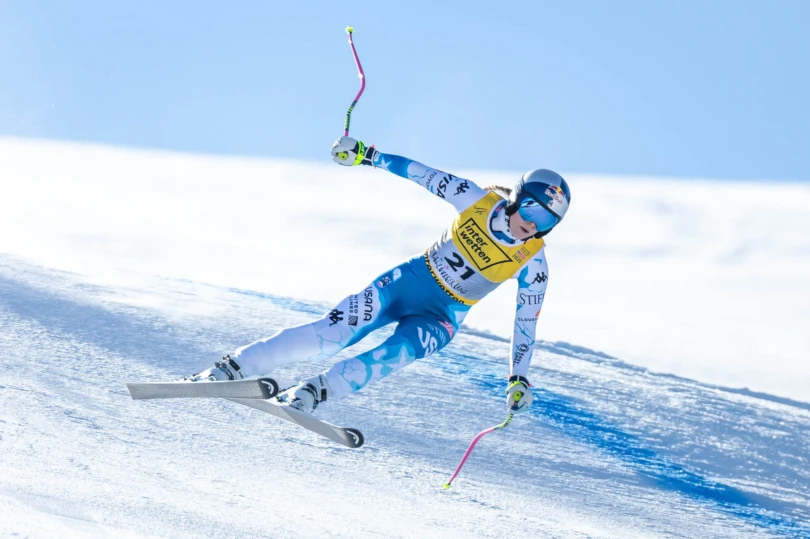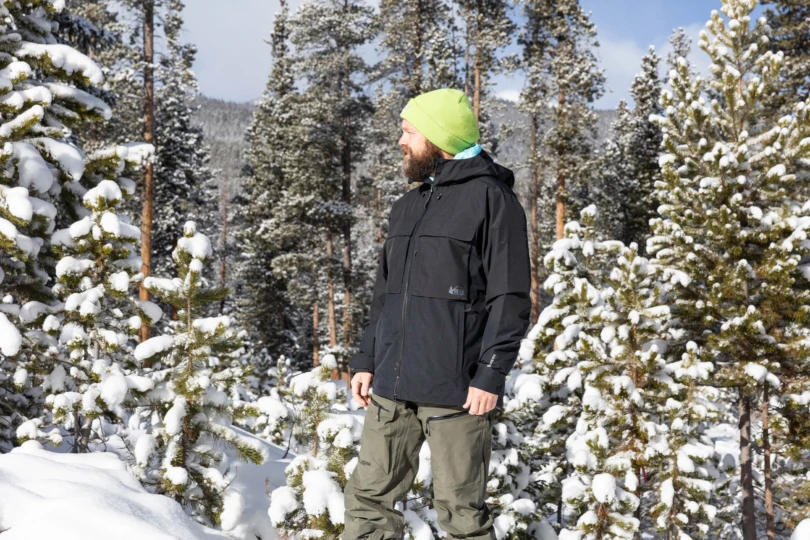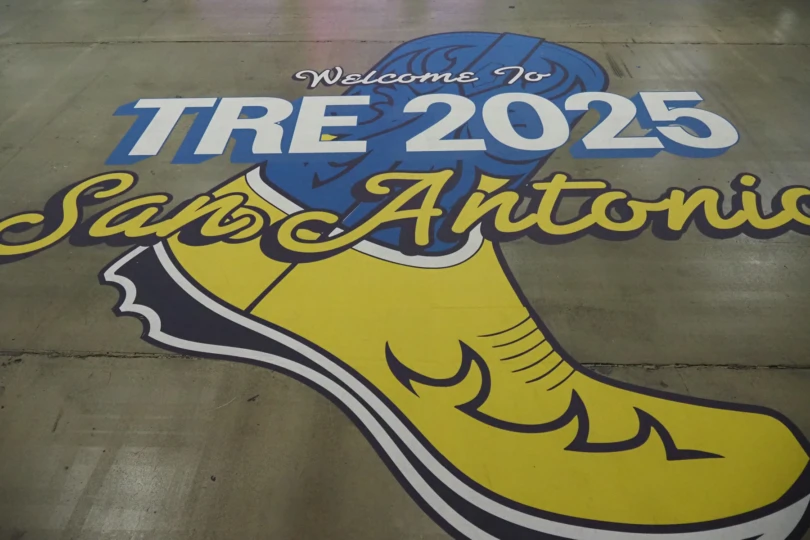Atomic announced today the addition of BOA technology to its Hawx Ultra XTD all-mountain crossover boot. The redesign is the latest in a series of moves by mainstream ski companies to offer BOA-equipped boots to the downhill crowd. While BOA is nothing new for touring boots (Atomic’s own Backland Carbon UL BOA utilized the technology), front-of-park boots have been rocking the traditional four-buckle system since 1954.
Atomic bills the Hawx Ultra XTD as a “do-it-all ski boot” that is particularly well suited for “blurring the line between all-mountain and freeride touring.” These crossover genetics are perhaps what made the line an attractive choice for updating with a BOA system.
“The innovative system consists of three parts that are integrated into the boot shell: a micro-adjustable dial for multidirectional tightening and loosening, a super-strong lightweight stainless steel cable, and heavy-duty low friction lace guides,” Atomic wrote in a press release.
Introducing the Atomic Hawx Ultra XTD
The updated Hawx Ultra XTD comes in flex options ranging from 95 to 130 and is available in men’s (Hawx Ultra XTD BOA 130) and women’s (Hawx Ultra XTD BOA 115 W) sizes. In addition to the new BOA system, Atomic also threw in “enhanced Prolilte construction” and a redesigned free/lock mechanism for walk and ski modes.
Take note: the Hawx line is for narrow-shaped feet. Atomic built its flagship all-mountain crossover boot around a 98mm last and narrow footbed. If you wear Altra Lone Peaks during off-season trail runs, this boot is probably not for you.

The company claims the new Hawx Ultra XTD is 25% more stable than previous models. The boot includes 54-degree cuff rotation on the updated free/lock mechanism and fully rubber soles “compatible with a wide range of alpine and touring bindings.”
Atomic says the Hawx Ultra XTD BOA will hit ski shops in time for the 2023-2024 season. So you’ve got the whole winter and most of the rest of the year to ponder the front-country BOA trend. If you decide you want in, you’ve got options. While K2 was the first to make BOA-related waves late in 2022, Salomon and Fischer also have forthcoming options.
And we’d be surprised if it stopped there. Until this year, BOA systems couldn’t match the stiffness and power transfer that traditional downhill boots could provide. Some backcountry enthusiasts were willing to trade stiffness for lightness and comfort, explaining why BOA systems have been on touring boots for almost a decade.
It’s only recently that BOA engineers (theoretically) solved those stiffness issues, allowing the system to trickle into the downhill boot market. But does it really work?
Next winter’s testing season will tell all.

